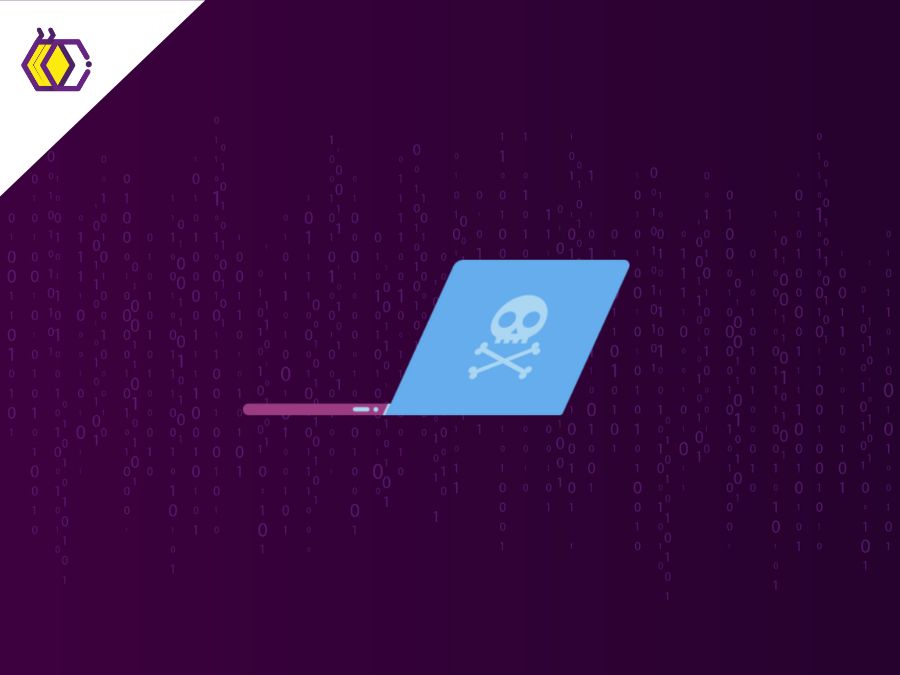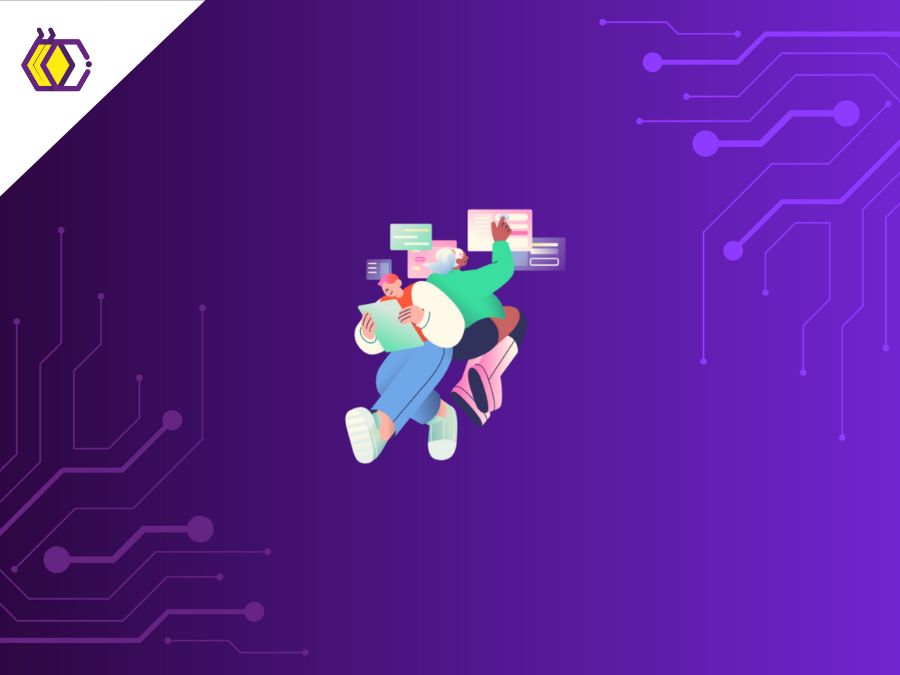
Flutter
(5 minutes of reading time) Flutter is a framework created by Google for the development of mobile applications for Android and iOS, which is widely used in the market today. Opening a parenthesis here, do you know what a framework is? Framework is an enabler in application development. Using frameworks, we save a lot of time and costs for those who use it. In short: it is a set of ready-made codes that can be used in the development of applications and websites. The purpose of this tool is to apply ready-made functionalities, commands, and structures to guarantee quality in the development of a project. Its main objective is to solve recurring problems with a more generic approach. It allows the developer to focus on the “problems” of the application, not the architecture and configuration. As we just wrote, Flutter is an open-source framework under the BSD License and multiplatform, Flutter has Dart as its base language, a language also created by Google that is very similar to JavaScript. Flutter allows the application developed from it to run on any type of platform: mobile, desktop and web. So, it can be used for development on Android, iOS, Windows, and all other operating systems. We see many companies betting on Flutter, such as: Google, Alibaba, Groupon, Nubank, iFood, among others. One the main reason for the way Flutter works for creating applications. Structural elements in Flutter, such as menus, layout options, buttons, and so on, are widgets and are optimized to decrease the time spent on testing, ensuring that there is little or no compatibility issues with different versions of an operating system. And when creating an app with Flutter, its code is compiled to the base language of the device, that is, the applications are native and therefore can access device’s resources without the help of third parties and with the highest performance. You can use them through the ready-made packages of the framework itself or create from scratch. In today's text we will detail some of the advantages of Flutter and explain why learning this framework has become increasingly promising. ADVANTAGES OF FLUTTER We already know that many companies around the world use Flutter for the development of their applications. This is due to the easiness of having the development teams studying and using a single tool, and no need for expertise in Android or iOS, as the code made would work on everything. Thus, the developer is only concerned with the application itself, without the need to focus on architecture or configurations. Here are some advantages of using Flutter: 1) MULTIPLATFORM - developers can create applications for multiple operating systems 2) ACCESS TO NATIVE RESOURCES - as the applications are native, it is possible to access several device resources more easily, such as camera, Wi-Fi, storage, among others 3) HIGHER PERFORMANCE - apps deliver higher performance, as the source code is transformed into native code 4) EASY TO LEARN - Flutter's interface is very intuitive, allowing developers to create apps without using a lot of code, something that makes learning easier 5) COST-BENEFIT - building applications with the same code base reduces costs, as the developer can create versions for different systems with just one base 6) HOT RELOAD – this allows an instant view of changes made to the code, which streamlines development and testing, as bugs are identified and resolved quickly, as only changed screens are loaded 7) GOOGLE SUPPORT – Flutter is officially supported by Google, which guarantees quality in the application and documentation 8) SPEED AND CUSTOMIZATION OF MOBILE APPS – due to their almost native performance, apps developed in Flutter are much faster. Thus, it is possible to create customized interfaces and access the device's features 9) LESS UPDATES – by having the same widgets, there is no change in the aesthetics of the devices, with this you have a longer life span for the platform 10) LONGER LIFE SPAN OF APPS – as there is no intermediary in Flutter, there is less incompatibility between different operating versions, thus, apps developed in Flutter work in more modern gadgets and with different technologies 11) FREE AND OPEN-SOURCE – great for deeper analysis and troubleshooting 12) EASY TO LEARN – coding in Flutter is simple and easy. It doesn't require much programming knowledge. According to its creators, even non-programmers can use Flutter without much difficulty DISADVANTAGES OF FLUTTER There are very few disadvantages: 1) NEW – Flutter was released in 2017, and despite bringing interesting features it is still not super consolidated 2) DART IS NOT A VERY POPULAR LANGUAGE – despite being a great language, programmers often consider Java or Python 3) POSSIBLE iOS INCOMPATIBILITY - As Flutter is a Google software, some features are only available for Android For those of you interested in mobile programming, Flutter is a great way to get started. And once again remembering that the mobile apps market is on the rise. Do you like our content? So, follow us on social media to stay on top of innovation and read our blog. Reference: https://bit.ly/3sJxIxP https://bit.ly/3MwSh8H https://bit.ly/3FUXbd8 https://bit.ly/3wANZ9z
Share this article on your social networks:
Rate this article:
Other articles you might be interested in reading
- All (185)
- Career (38)
- Competitions (6)
- Design (7)
- Development (112)
- Diversity and Inclusion (3)
- Events (3)
- History (15)
- Industries (6)
- Innovation (38)
- Leadership (8)
- Projects (23)
- Well being (18)

Cloud Computing and Digital Transformation and Social Impact
(5 minutes of reading)
In recent years, we have witnessed a quiet revolution that is fundamentally reshaping the way we live and work. At the center of this transformation is cloud computing, a technological innovation that transcends physical limits and opens up new horizons of possibilities. This text will talk about this subject that is transforming the IT area. Come read!...

Tech in Education
(9 minutes of reading)
In the contemporary educational landscape, technology plays an increasingly crucial role, revolutionizing not only the way students learn, but also how educators teach. As we adapt to a digitally connected world, new trends are emerging that promise to further transform the way education is designed and delivered. Come read this text to learn about the latest trends in educational technology and explore their impact on student development and the evolution of teaching. Come with us!...

Ethical Software Development
(5 minutes of reading)
Developing software is a complex activity that goes far beyond simple coding. It involves a meticulous process of planning, design, implementation, testing and maintenance to create reliable, efficient, and secure systems. However, in addition to seeking functionality and performance, developers must also carefully consider the ethical aspects of the software they are creating. In this text we will talk about ethics and responsibility when developing software. Come read!...

Balance Between Professional and Personal Growth
(6 minutes of reading)
In a world driven by the constant search for professional success, we often find ourselves immersed in our careers, forgetting the fundamental balance between professional and personal growth. As we dedicate hours to coding, solving problems, and advancing our technical skills, it's essential to remember that our journey as human beings go beyond the lines of code. Come read our text and see super cool tips on how to achieve this balance!...

How to Highlight Programming Competition Awards on your CV
(6 minutes of reading)
In a field as dynamic as software development, it is crucial to stand out from the crowd. An exceptional way to do this is through recognition and awards won in competitive programming competitions. In addition to demonstrating your superior technical skills, these awards attest to your ability to solve complex problems, collaborate as a team, and deliver exceptional results under pressure. Today we will talk about the curriculum and competitions, are you interested? Come with us!...

Open Source and Collaboration
(5 minutes of reading)
If you're ready to start exploring the world of open source, be aware that you will encounter many learning opportunities and challenges. Collaboration is at the heart of this environment, driving innovation and influencing the direction of technology. Come read our text to find out more about this subject!...

 Innovation
Innovation 

